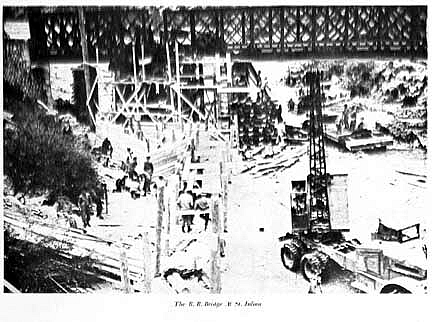Received this email this morning from someone new. Hey any of you good-looking engineers, can you answer her question? I can't!
Hello Marion,
My father served with the 121st Engineer Combat Battalion during WWII. The unit's Morning Reports frequently speak about them making "chess paling" after they had arrived at the German border. I assume this is a type of fencing, but I would like to know how it was constructed and the type of wire used. Can you help me?
Kay
Heard back from Kay. Was also hoping to hear something from our engineers, but so far, no bites...
Marion,
How nice of you to respond. I think I may have figured it out. Large bundles of paling was used to fill in craters so tanks, trucks, etc could make their way down a road. Chestnut trees are a typical, inexpensive source of paling in Europe (or at least were during WWII). I think they were making paling from chestnut trees, simply called chess paling in the Morning Reports.
I would love to share about my dad and here your stories as well. I'm working on a book and am spending time at the National Archies in June to look at Unit Records. I already spent a week looking at Morning Reports in St. Louis. If you haven't done this, you really, really should.
Kay
Al, thanks so much for jumping in and answering Kay's question. Excellent.
I was familiar with "courdoroy", but was not aware this was one and the same. I'm sure you've answered a lot of people's curiosity about this.

Three cheers for my enterprising engineers. 
Al added this in an email to me:
The word "paling" had me wondering. We just called it corduroy. Some one talked the other day about Saw Mills. WE took over a couple on our way thru France. When we raised the RR bridge at St Julien. The trestles were cut at 20 x 20 inches. None were available from C.E. stock so we cut our own. AL

